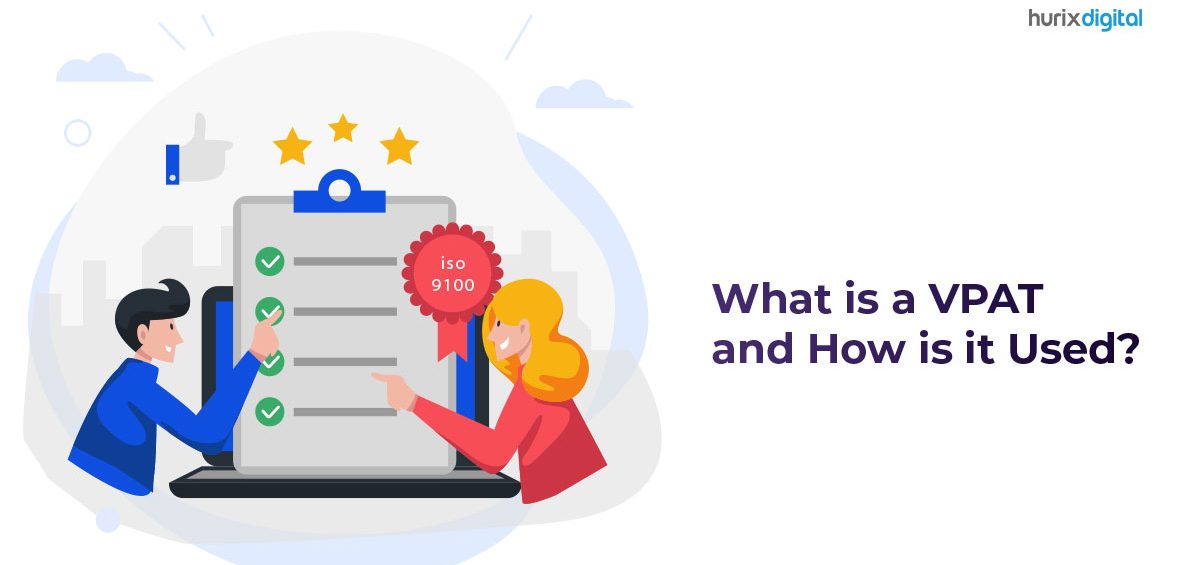A VPAT, also regarded as a voluntary product accessibility template, is a document that enables a business or an organization to offer a thorough analysis of their compliance with the use of Section 508 of the Rehabilitation Act’s accessibility standards.
Developed by the Information Technology Industry Council, VPAT makes it easier for contracting officials as well as buyers to make initial evaluations of IT products and services.
VPAT testing largely encourages vendors to prioritize accessibility features in their product development procedures.
The Web AIM Million Report, which looked at one million websites, found that each home page had an average of 50.8 detectable accessibility errors.
If your goal is to secure a contract for providing ICT products and services in today’s age, keep in mind that the accessibility requirements will be stricter than before.
Even if an ICT product or service is superior to those with Section 508 compliance certification, it cannot participate in federal procurement processes if it does not have VPAT accessibility.
In this article, we will discuss VPAT compliance, from its importance to its uses.
Upsides of Using VPATs
VPATs are beneficial not only for business organizations but also for individuals and government agencies. Here are some of the upsides of using VPATs:
1. Becoming More Accessible
As more businesses and government agencies understand the value of accessibility, they are investing a lot of money into making their products usable by those with disabilities.
Disability discrimination violates fundamental human rights; by using VPATs, organizations not only become inclusive but also grow their businesses rapidly.
Some of the biggest companies, like Apple, Microsoft, and Google, use VPATs because they know how much of an impact having appropriate documentation makes. Plus, this way, they prioritize producing devices and services that can be operated by everyone right from the start.
2. Avert Legal Action
The risk of legal action under current federal and state laws can be reduced by carrying out an audit on the accessibility of your ICT products and services and creating a VPAT on the matter.
Accessibility auditing helps identify potential obstacles that people with disabilities might face while using your products and services, and VPAT offers information on how to eliminate them.
How is VPAT Used?
By now, it’s pretty evident that VPAT is a must for organizations to be inclusive and stand out from the competition. There are a variety of ways VPATs are used, as discussed below:
- VPATs are highly useful for people with disabilities – they can accurately determine if an organization has what it takes to live up to their needs. VPATs include all sorts of information about a product or service of an organization, making it easy for them to make well-informed decisions.
- Organizations that use VPATs make a good impression on all sorts of audiences. It shows that they are committed to growth and accessibility and that they are inclusive of each of their audiences, irrespective of their abilities.
- Many government agencies also utilize VPATs during accessibility evaluation to understand which areas need more work.
How You Can Get a VPAT
If your VPAT is inaccurate or incomplete, it might prevent you from submitting a winning proposal. Make sure your VPAT has all the required components by selecting a reputable digital accessibility vendor to prevent this.
Here are the steps you will need to take:
Step 1: Audit Your Accessibility
You must be aware of the areas that need improvement before you get started with the VPAT process. Conduct a thorough audit and create a checklist to improve your web presence.
Step 2: Fill Out the Voluntary Product Accessibility Template
Plenty of training courses available online can help you ace this step.
By heading to the Information Technology Industry Council’s official website, you can get the latest voluntary product accessibility template and get started. You might want to consider appointing an expert for this step, as it’s a very extensive process.
Some voluntary accessibility templates can be up to 10,000 pages long; only a person with technical knowledge and evaluation skills can handle this part.
Step 3: Maintain Integrity
It’s highly crucial that you keep all the documents up to date and be honest regarding the data. Create a standardized procedure for testing accuracy and making changes.
Step 4: Publish the VPAT
Lastly, place a link to your VPAT on your official website or make sure it can be obtained upon request.
Tips for Creating Effective VPATs
All your efforts will go down the drain if your VPAT is not good enough. Follow the given tips to create effective VPATs:
1. Include Branding
Make sure that the VPAT you have created includes the organization’s name, as it will help you establish credibility. It can further be utilized for promoting your organization’s commitment to accessibility.
2. Maintain Transparency
If you decide to make any changes to the VPAT, make sure that you report the same. Update your VPAT document when you change your mind regarding any accessibility matters.
Additionally, share the methods of evaluation you have used in the process, as it will give the audience a better understanding of your organization’s accessibility.
3. Include a Legal Disclaimer
The inclusion of a legal disclaimer in VPAT will offer added protection to your organization. A standard legal disclaimer should include all the limitations related to the product or service’s accessibility.
Conclusion
While creating a VPAT may be an extensive process that requires expertise and several resources, it’s highly beneficial for an organization in the long run. It assists people with disabilities in selecting the products and services that best suit their needs. In an age where inclusivity is a priority, VPAT certification is a must-have.
One can fill out VPAT by themselves, but experts highly recommend taking professional help. If you are in search of a prompt and thorough accessibility testing service, you might want to check out Hurix.
We offer accessibility audits, 508 compliance testing, PDF testing, video accessibility, and more to allow organizations to create an all-inclusive web presence. Get in touch with us today.







